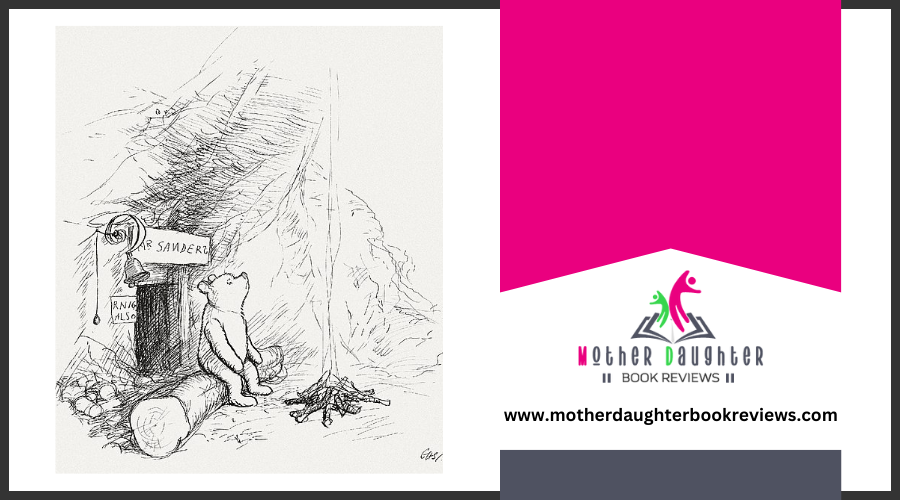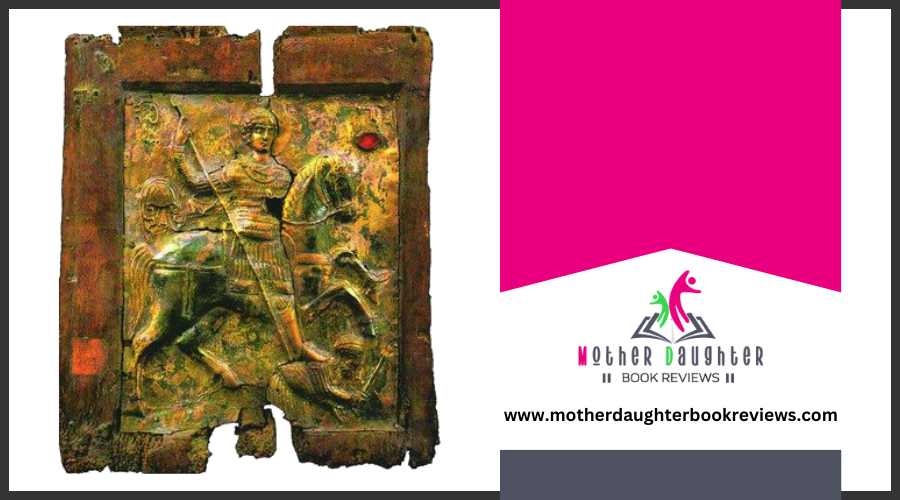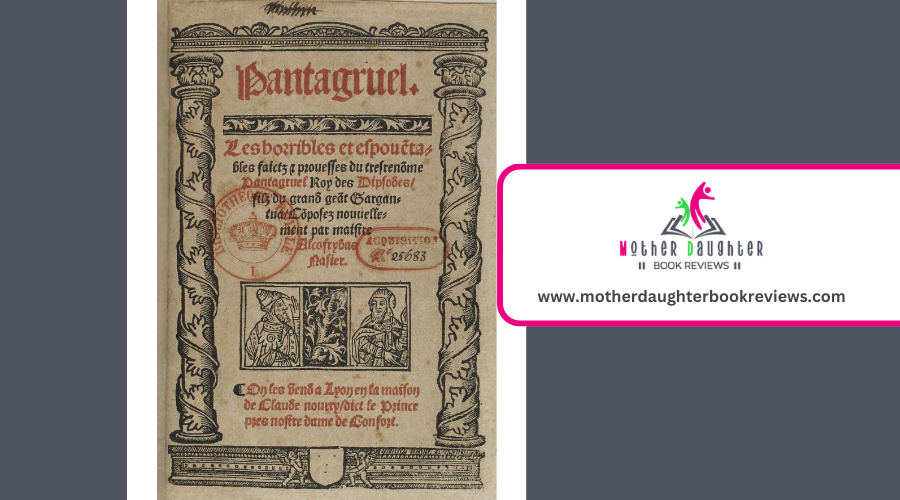The Evolution of 18th Century Children's Literature
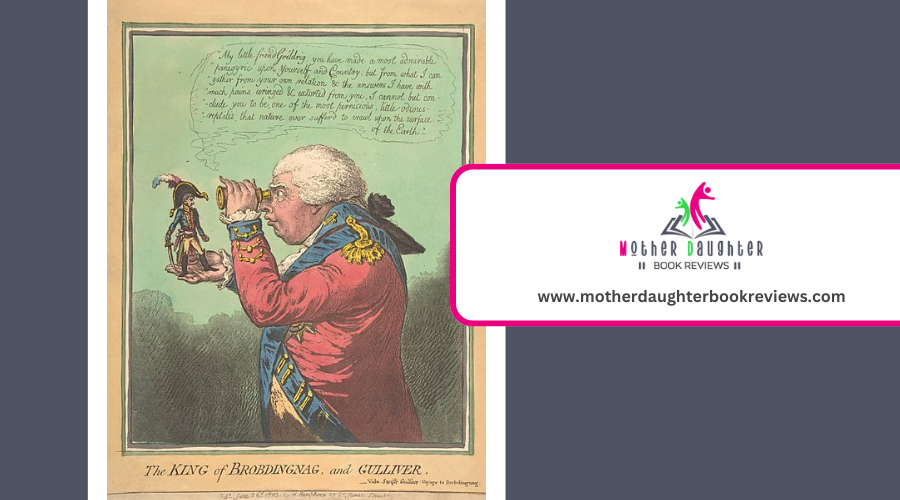
18th-century children's literature started with moralistic tales aimed at instilling virtues like honesty and obedience. Influences from the Enlightenment shifted the focus to encouraging curiosity and critical thinking. The timeframe saw the rise of fairy tales and diverse genres that sparked creativity and imagination. Notable authors like John Newbery and Sarah Fielding blended moral lessons with engaging stories. Illustrated books became popular, making stories visually appealing.
Early Moralistic Tales
In the 18th century, early moralistic tales for children often aimed to instill virtues and proper conduct. They weren't just for entertainment; they served a higher purpose. Through didactic storytelling, authors sought to shape childhood morality, guaranteeing that young readers grew up to be responsible and ethical adults.
Imagine yourself as a child in that time, reading stories where the protagonist's good behavior gets rewarded, and bad deeds lead to dire consequences. These tales didn't just tell you what to do; they showed you why it mattered. For instance, stories like "Goody Two-Shoes" were written to teach you the importance of hard work and kindness. You'd see characters making morally challenging decisions and facing the outcomes, which helped you understand the value of making the right choices.
Parents and educators used these stories as tools to reinforce societal norms and expectations. By embedding moral lessons within engaging narratives, they made certain the tales were memorable. So, as you grew older, those early lessons stayed with you, guiding your actions and decisions.
Influence of the Enlightenment
While early moralistic tales focused on instilling virtues, the Enlightenment's influence began to reshape children's literature in the 18th century. You see a shift from strict moral instruction to stories that encourage critical thinking and curiosity. Philosophers like John Locke and Jean-Jacques Rousseau argued for education reform, emphasizing the importance of reason and individual thought. Their ideas didn't just change adult society; they trickled down into the books you'd find in a child's hands.
Children's literature started incorporating philosophical themes, asking young readers to think about the world around them. Instead of merely telling kids what to think, these new books invited them to investigate why things are the way they are. You'd notice stories focusing on scientific revelations and natural phenomena, reflecting the Enlightenment's broader intellectual currents.
Educators and authors alike began to see children as capable of understanding complex ideas. They moved away from purely didactic tales to narratives that fostered curiosity and intellectual growth. This period marked a significant transformation; rather than just shaping character, children's books began to shape young minds, preparing them for an increasingly questioning and knowledge-driven world.
Rise of Fairy Tales
How did fanciful tales of magic and wonder become so integral to children's literature in the 18th century? You'll find that fairy tales captured the imaginations of young readers and became a staple in their literary diet. These stories didn't just entertain; they also provided cultural symbolism that reflected societal values and norms. Through fairy tales, children learned about good and evil, bravery, and the consequences of one's actions.
The narrative structure of these tales was both simple and profound. You'd notice recurring themes and archetypes, such as the heroic quest or the triumph of good over evil, which made the stories relatable and engaging. This structure allowed children to easily follow the plot while absorbing deeper moral lessons.
Moreover, the rise of fairy tales coincided with a growing recognition of childhood as a unique phase of life. As you explore these stories, you'll see how they offered an escape from reality, fostering creativity and imagination. The cultural symbolism embedded within these tales helped shape the values and attitudes of young readers, making fairy tales not just a form of entertainment but also an educational tool.
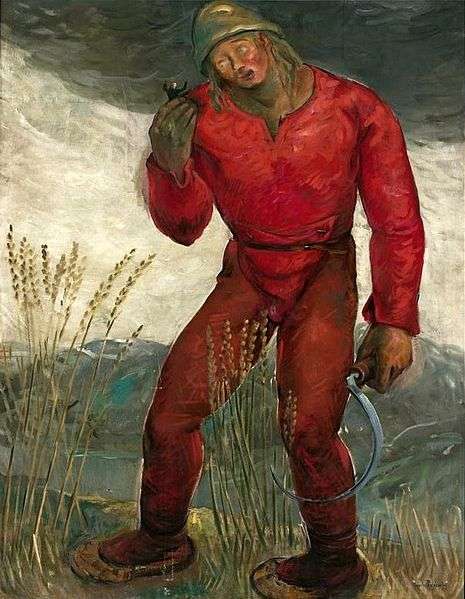
Notable Authors and Works
Exploring the notable authors and works of 18th-century children's literature reveals a wealth of creativity and moral instruction. You'll find that trailblazing authors like John Newbery transformed the genre. Known as the "Father of Children's Literature," Newbery published *A Little Pretty Pocket-Book* in 1744. This classic work combined fun and learning, setting a precedent for future children's books.
Another significant figure is Sarah Fielding, whose work *The Governess, or The Little Female Academy* (1749) is often recognized as the initial full-length novel written specifically for children. Fielding's groundbreaking approach focused on morality and education, themes that were central to 18th-century children's literature.
Here are three notable works from the period that you should know about:
- A Little Pretty Pocket-Book by John Newbery - This book combined rhymes, stories, and games, influencing the structure of children's books.
- The Governess, or The Little Female Academy by Sarah Fielding - This novel emphasized moral and educational themes.
- Divine Songs for Children by Isaac Watts - A collection of hymns and poems aimed at instilling religious values.
These classic works and their pioneering authors laid the foundation for children's literature, blending instruction with enjoyment.
Shift to Entertainment
The 18th century saw children's literature not only as a vehicle for moral instruction but also as a source of entertainment. As the century progressed, authors began to recognize the significance of engaging young readers through enchanting stories. You can see this shift in the changing narrative styles of the period. Instead of solely focusing on didactic tales, writers started to weave in elements of adventure, fantasy, and humor to hold children's attention.
Entertainment values became a priority, leading to stories that were more imaginative and enjoyable. Authors like John Newbery, often credited with pioneering children's literature, introduced books that balanced educational content with engaging plots. His works, such as "A Little Pretty Pocket-Book," combined moral lessons with playful verses and games, making reading a delightful experience for children.
This shift didn't just make stories more fun; it also helped cultivate a love for reading at an early stage. By integrating entertainment values into their narrative styles, 18th-century writers laid the groundwork for the diverse and rich world of children's literature we understand today.
Illustrated Children's Books
In the 18th century, illustrated children's books began to emerge as a significant aspect of literature aimed at young readers. These books weren't just about the words; they used visual storytelling to captivate a child's imagination. You'd find that pictures were becoming a crucial element, helping children not only to enjoy the story but also to understand it better.
Three key factors contributed to the rise of illustrated children's books:
- Engagement: Pictures kept children engaged, turning reading into a fun and interactive experience.
- Comprehension: Visual aids helped young readers grasp complex narratives and themes more easily.
- Artistic Appeal: Different artistic styles made each book unique, offering children a variety of visual experiences.
Illustrated books of the 18th century showcased a range of artistic styles, from simple woodcuts to elaborate engravings. This variety guaranteed that there was something to capture every child's interest. By combining text and images, authors and illustrators created a more engaging reading experience.
Impact of Print Culture
Illustrated children's books of the 18th century didn't just rely on enchanting images; they thrived in a burgeoning print culture that transformed how stories were told and shared. Thanks to advancements in print technology, books became more widely available and affordable. You'd find that the ability to mass-produce texts meant that stories reached a broader audience than ever before.
Print technology didn't just make books cheaper; it also improved their quality. Illustrations became more detailed and texts more legible, making stories more engaging for young readers. By making literature more accessible, publishers played an essential role in democratizing knowledge. Cultural accessibility was no longer a privilege of the upper class; it was becoming a norm for society at large.
The print culture of the 18th century was a game-changer. You'd see how it enabled the rapid spread of ideas and stories, shaping not just individual imaginations but also collective cultural values. This time laid the groundwork for the rich heritage of children's literature we enjoy today.
Legacy and Lasting Impact
Children's literature in the 18th century left a legacy that continues to shape the genre now. You can trace modern themes, storytelling techniques, and character archetypes back to this crucial time period. These early works were more than just stories; they were cultural reflections that mirrored the societal changes of the time. By reading them, you gain insights into the values, morals, and social norms that influenced the young minds of that period.
Consider these lasting impacts:
- Moral and Educational Lessons: 18th-century children's books often aimed to teach moral lessons, a tradition that persists in the current literature. You'll find that contemporary stories still emphasize character building and ethical behavior.
- Illustrations and Visual Storytelling: The incorporation of illustrations in early children's books set a precedent for combining visual elements with text. Modern picture books owe much to these early innovators who understood the power of images in storytelling.
- Diverse Genres and Themes: The 18th century introduced varied genres and themes, from fantasy to adventure, which continue to captivate young readers. These stories reflected the expanding worldviews and societal changes of the time period, encouraging children to investigate and imagine beyond their immediate surroundings.
Conclusion
The evolution of 18th-century children's literature laid the foundation for the rich and varied stories we cherish today. From early moralistic tales to the enchanting rise of fairy tales and the introduction of illustrated books, this period transformed how stories were told and shared with young readers. The shift from strict moral lessons to more engaging, imaginative narratives broadened the appeal of children's books, making them both educational and entertaining.

